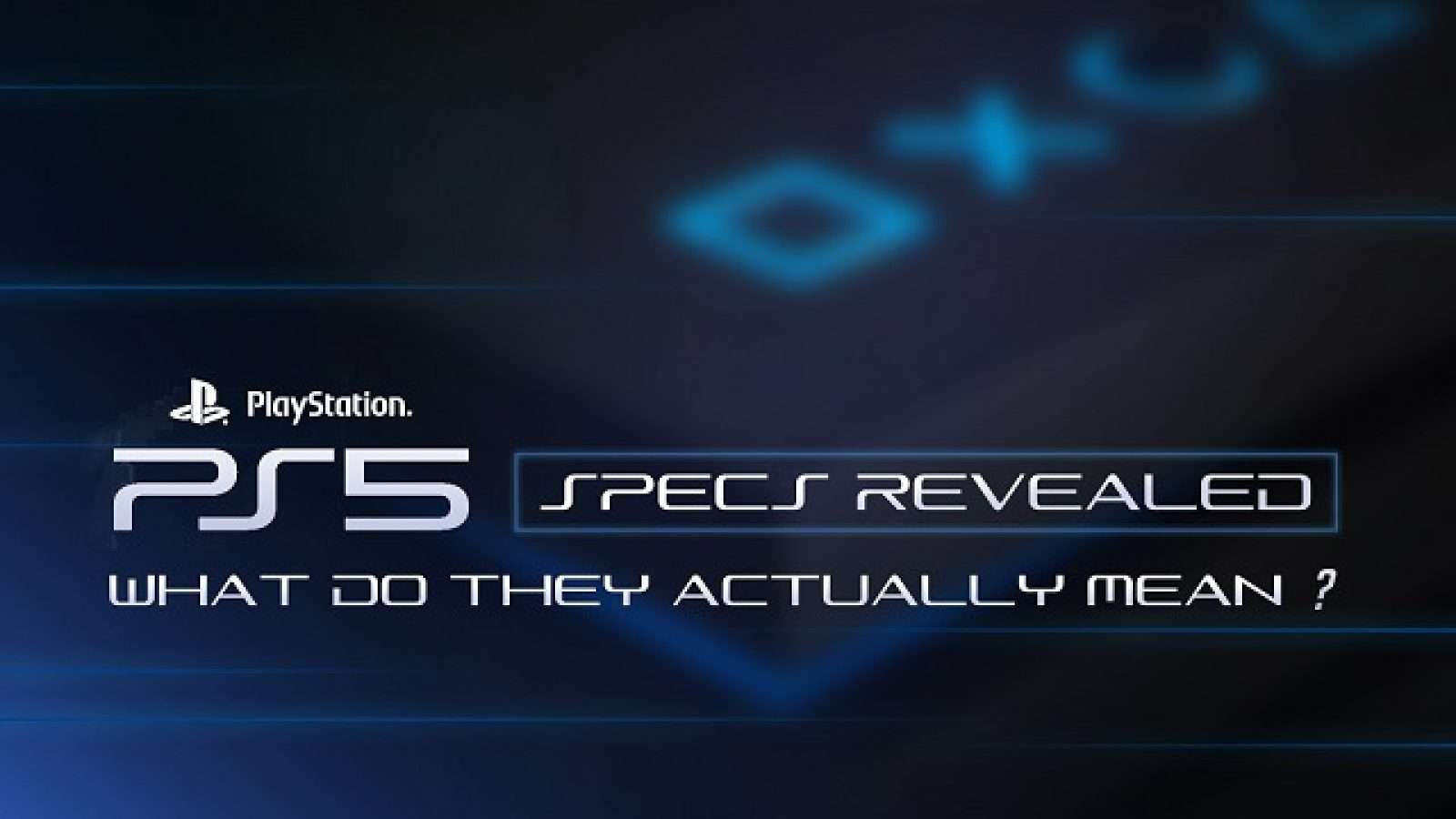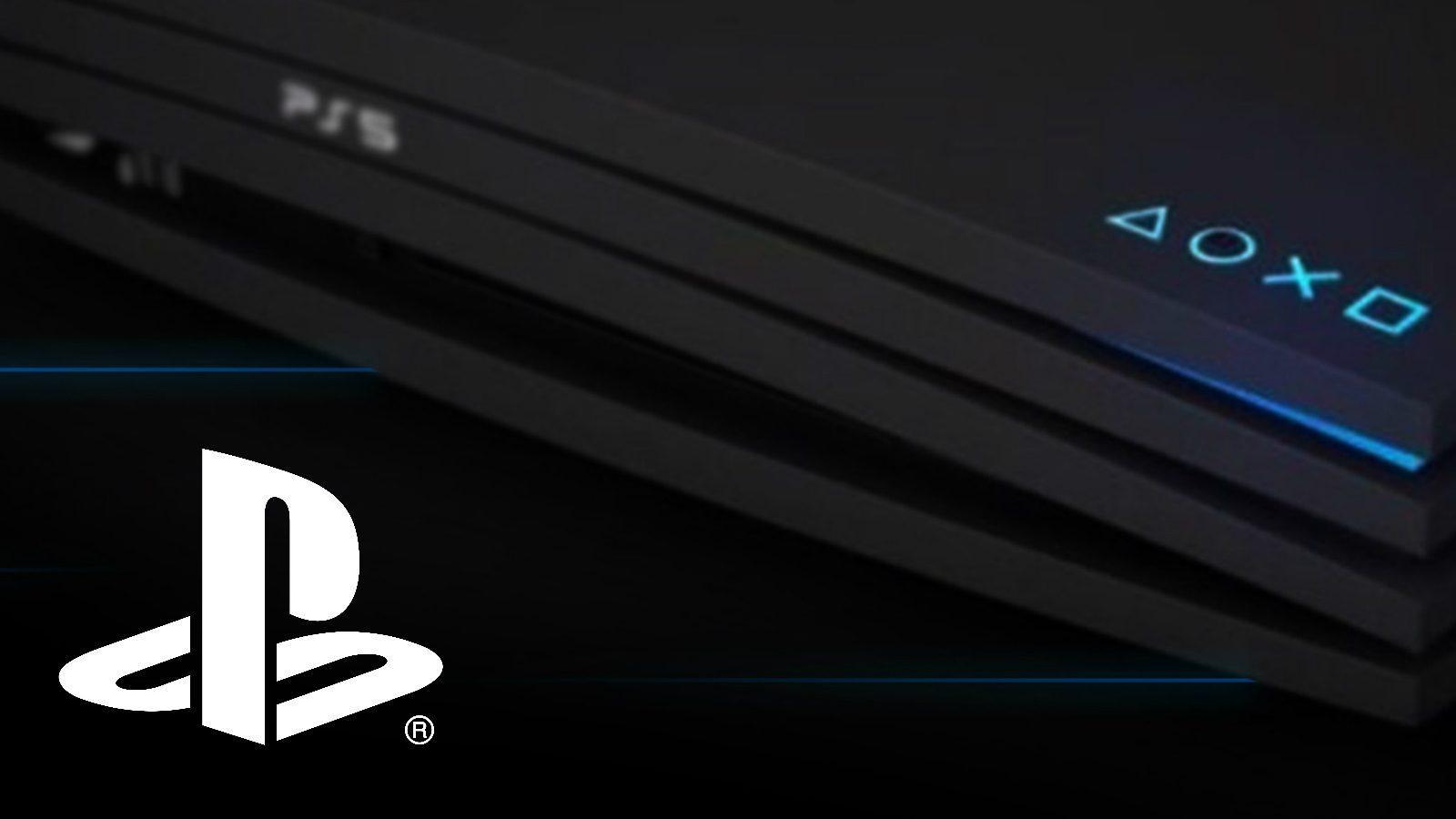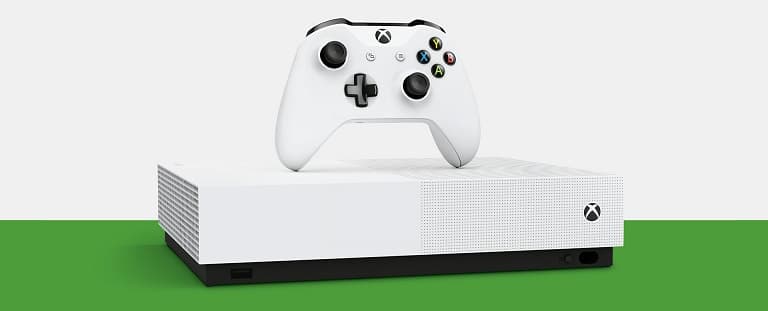What do the released PS5 specs actually mean?

Hardware specs were revealed for Sony’s next-gen PlayStation, for now generally dubbed the PS5, in somewhat surprising fashion on April 16. Simply put, it’s a beast.
[ad name=”article1″]
In an interview with Wired, Mike Cerny, lead system architect of the as yet unnamed PS5 console, detailed the specs for Sony’s upcoming console. The CPU, GPU and inherent features were all discussed.
PS5 CPU
The PS5 CPU is an 8 core AMD Ryzen based on 7nm Zen 2 architecture. These numbers are confusing to most but bluntly put, it’s a massive upgrade.
[ad name=”article2″]
The new 7nm allow chip manufacturers to get more computing power from a smaller chip, which also means it’s more cost effective. This is important for devices such as gaming consoles.
Currently available Zen 1 chips are up to four times faster than the Jaguar CPU used in the PS4. Naturally, it is estimated that the Zen 2 chips will be significantly faster than that – an exciting prospect.
Numbers-wise, the CPU in the current PS4 Pro is clocked at 2.13GHz, whereas an off-the-shelf AMD Ryzen 5 2600X is clocked at 3.6GHz. If the PS5 can replicate these clock speeds, it would be a major upgrade over the pro.
 The Playstation 5’s existence has essentially been confirmed…
The Playstation 5’s existence has essentially been confirmed…PS5 GPU
The GPU in the PS5 wasn’t explicitly stated. We do know however, that it will be Radeon Navi based. With the new 7nm technology it likely won’t disappoint.
In simpler terms, the PS5 will be capable of 8k graphics. That is an astounding 7680×4230 or over 33 million pixels. Whether this is a native output or it is upscaled to 8k wasn’t confirmed. It’s interesting that some form of 8k output was confirmed though, as 4k TVs are only just becoming the norm.
A quick Google search will show 8k TVs cost in excess of $5,000, so we’re still some way from them becoming a household item.
Notably, although little is known about it in gaming circles, the PS5 will utilize raytracing technology.
Frames per second
The current generation of consoles struggle to get the standard 60 frames per second (FPS).
Although 8K sounds tantalizing, the chances of games running at a stable frame rate on such a high resolution are very slim. Chances are to ensure at least 60 FPS, most games will still need to be played at the more standard 1080p, although a push for 4K at a stable 60 FPS will be on the cards.
High resolution images make for impressive screenshots which entice the casual gamer. Hardcore gamers, the type who are excited by this initial PS5 announcement, will know the smoothness of a game is paramount.
Backwards compatibility
One of the big disappointments of the PS4, at least in comparison to Xbox, was its lack of backwards compatibility.
It’s clear that gamers like to be able to utilize their old library of games on the newest console. The good news is that the PS5 has been confirmed to be backwards compatible.
PS4 will games will work on the PS5, but it wasn’t confirmed whether this would apply to PS3, PS2 and PS1 games.
Additionally, the PS5 will also support physical media. Elsewhere, Microsoft have just confirmed an all digital Xbox One S.
 The Xbox One S All-Digital Edition…
The Xbox One S All-Digital Edition…Loading times
Perhaps the most impressive and quantifiable difference for the PS5, is the load times.
Cerny demonstrated a particular loading process on Spider-Man which takes 15 seconds to complete on PS4. The same process on PS5 took 0.8 seconds, thanks to its use of an SSD. This means the PS5 loaded nearly 19 times faster.
The size of the SSD within the PS5 weren’t confirmed. However, Cerny did state the SSD they are using isn’t currently available in any PC.
The PS5 is already looking impressive. Other rumors have pegged the PS5 console cost at a fairly pricey $500. Even this price is expected to net Sony a $100 loss per console. With these specs though, many think this price is more than reasonable.



